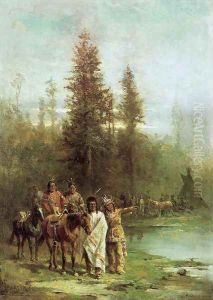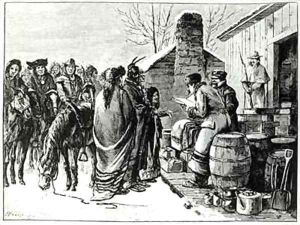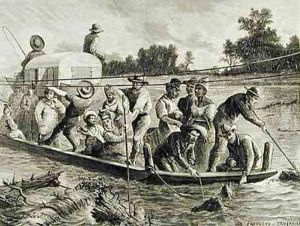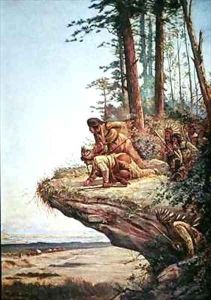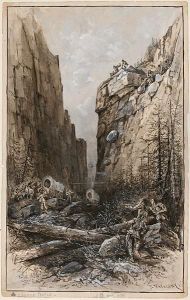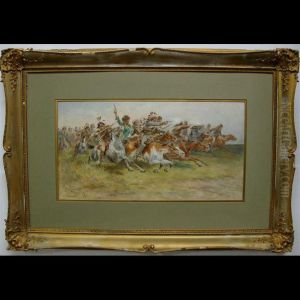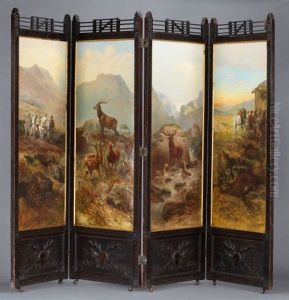Paul Frenzeny Paintings
Paul Frenzeny, born in 1840, was a painter of French origin known for his detailed sketches and illustrations that captured the rapidly changing landscapes and social scenes of the American West in the late 19th century. While his early years and training are somewhat obscure, it is believed that he was of noble descent and had received some form of artistic training in Europe before embarking on his travels.
Frenzeny is perhaps best known for his collaboration with fellow artist Jules Tavernier. In 1873, the pair were commissioned by Harper's Weekly, a New York-based publication, to undertake an extensive journey across the western territories of the United States. The assignment was to provide illustrations and sketches of the scenery, peoples, and burgeoning towns of the American frontier. This expedition led to a series of engravings that were published by Harper's, providing many Americans with their first visual insights into the Far West.
During their travels, Frenzeny and Tavernier captured the rugged landscapes, Native American cultures, and the impacts of Western expansion. Their work is significant for its ethnographic detail and historical value, offering a visual record of post-Civil War America during a period of intense change and development.
After his collaboration with Tavernier ended, Frenzeny continued to work as an illustrator, traveling extensively and producing a significant body of work that included scenes of military engagements, cowboy life, and the Chinese immigrant experience, as well as various aspects of social and urban life.
Frenzeny's contributions to the art of illustration and documentation of American history were substantial. Despite being less well-known than some of his contemporaries, his work provides an important historical record of the era. Paul Frenzeny's life as an artist came to an end in 1902, but his legacy lives on through the rich visual history he left behind.
